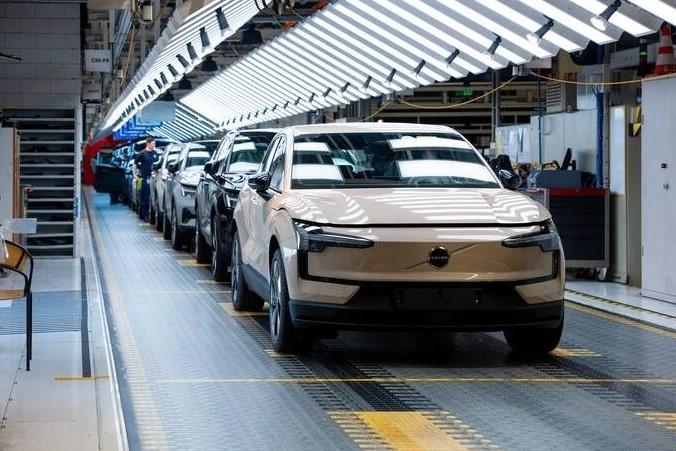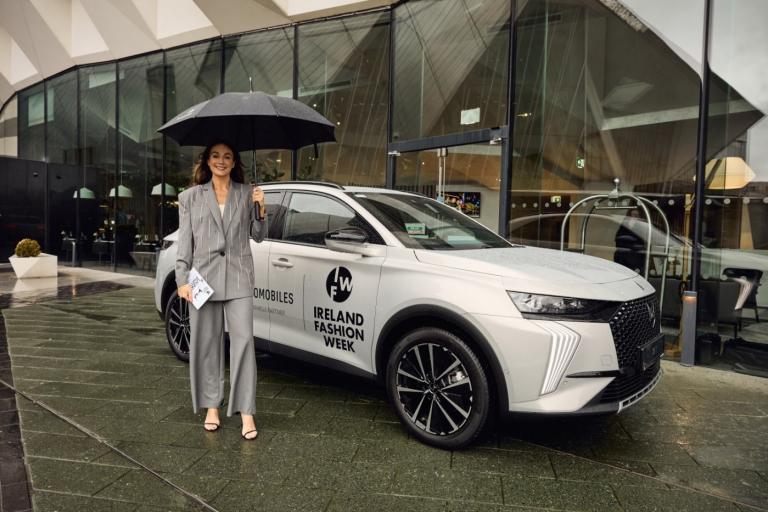Sportage levels up and adds new dimension to Kia range
Published on 12 February, 2022
Overview
The gap between a good and excellent car has narrowed. There was a time, and it wasn’t that long ago, when the difference was immediately perceptible.
All you had to do was drive something for 10 minutes and know if you would have to resort to damning it with faint praise by using words that deemed it “fine, good, improved”.
I remember being on a car launch years back when an enthusiastic young executive barely let me out of the car before bombarding me with questions about what I thought of his pride and joy.
I told him it was “fine, good and improved” on the previous one. He blanched as if he had been visited by a ghost. Many cars fell into that damned-with-faint-praise category at the time.
I haven’t had to use it for ages now because young executives are more aware and canny and leave me alone mostly, and there genuinely are not that many “fine, good, improved” cars.
There are a lot of genuinely good cars out there, with only a hair’s breadth between most of them in most facets.
Even that can be attributed to how one manufacturer views its customer priorities and tastes as opposed to something else cherished by a rival.
I often think of Peugeot and the importance it attaches to supplying a spare wheel on as many cars as it could. That resonated with buyers, I’m sure. Others didn’t deem it worthwhile.
The KIA Sportage has been resonating with its buyers for a long time – it’s the brand’s best-seller here, and I’ve just been driving the new one, in petrol hybrid guise.
You’ll forgive me if I don’t call it a self-charging hybrid. Certain people in the industry are averse to such a description, and I want to let sleeping dogs lie. Some other time, maybe?
As a hybrid, it adds a new dimension to the range and, obviously, choice. But will current customers switch in their hordes from their diesel Sportages to be part of the electrifcation procession (partly electric but using fossil fuel)? It’s hard to say.
While I found the car encouraged swift driving, the near-seven litre/100km consumption figures were disappointing. Would diesel have been any more economical? Probably.
I fancy I would have enjoyed better miles per gallon. There, I’ve voiced the heresy: diesel can be good (by the way, there is a 1.6-litre diesel in the line-up).
In a way, the implied consumption criticism stems from the car having a reasonably well-tuned chassis (for European tastes, it’s claimed). It’s easily the most agile Sportage to date, and I pushed it fairly hard.
I found it had an assuredness about it and handled, generally, quite well, felt solid on the road, refused to be blown off course in high crosswinds and was predictable on steering. I enjoyed it. We forget how important that is these days when we focus so much on infotainment systems and battery charging.
I realise I may not be resonating with you because most people are not too concerned about the driving dynamics so long as the journey is comfortable.
It’s far more profitable to focus on the inside, I think. It’s a cabin of some refinement, despite one or two little plasticky bits. It looks, and feels, like a really good 2022 crossover should. The problem is, so do many others. There are nice touches around the cabin, lots of little stowage places, good seats and a grand driving position. It was nice and comfortable.
I liked the sweep of the instrument-and-infotainment panel a lot, especially the 12.3-inch touchscreen. I have heard the layout described as “Mercedes-style”, but that’s a bit over the top.
So there’s no shortage of interior style and there’s plenty of substance.
We had good room out front. The battery pack is slotted under the second-row seats, so legroom there is the same as the fossil-fuelled Sportage models.
We dropped those second-row seats to accommodate an expected landfill of luggage that never materialised, but the effort served to show there was a decent volume of space available.
The Sportage has improved significantly with, and within, each of its five generations. But so have so many others. The competition is fierce.
Many of those we once called “good, fine, improved” have caught up. There has been what we might call an upward levelling toward excellence.
In the case of the Sportage, that means they are keeping pace at the very least. And it explains why 3,000 motorists are expected to buy one this year and as many as 3,500 next year.
Would I buy it? If I had need of a crossover, I would. And I might even stick with the hybrid after toning down my driving.
Latest Reviews

Volvo Cars starts production of EX30 in Europe

Dacia Spring: Ireland’s Best Value EV Just Got Even Cheaper

DS Automobiles Named Official Vehicle Partner for Ireland Fashion Week